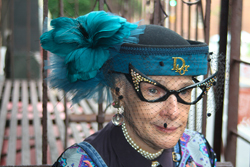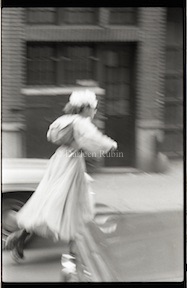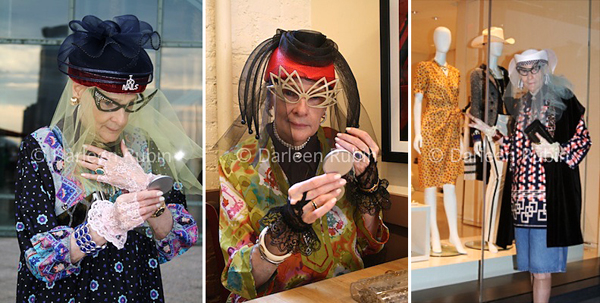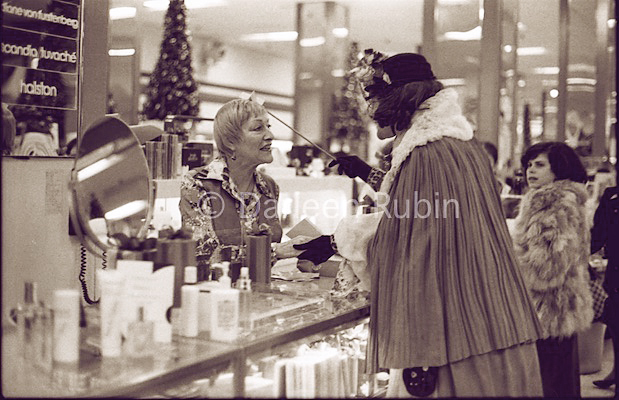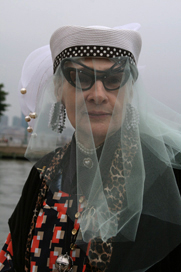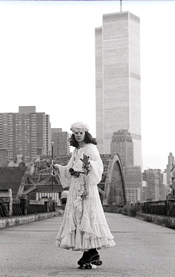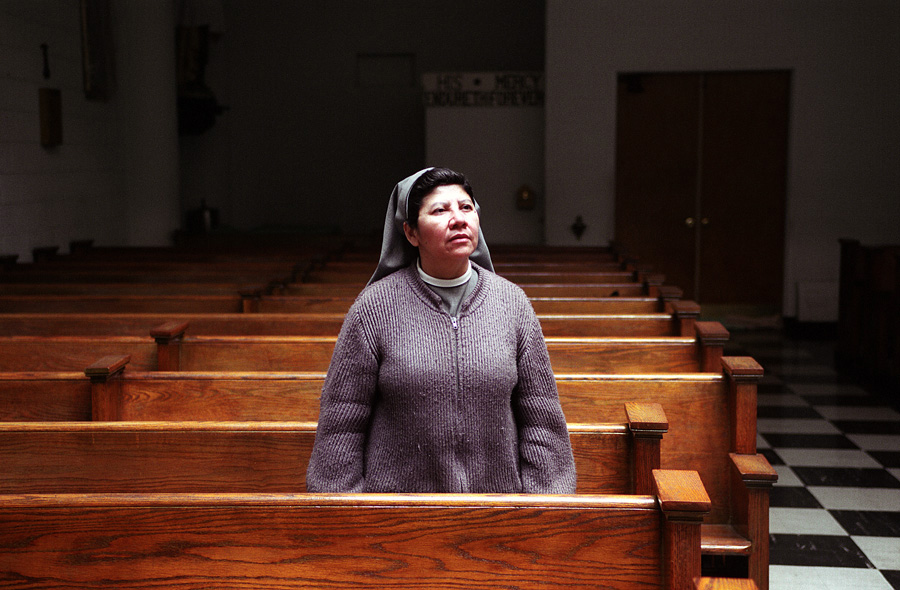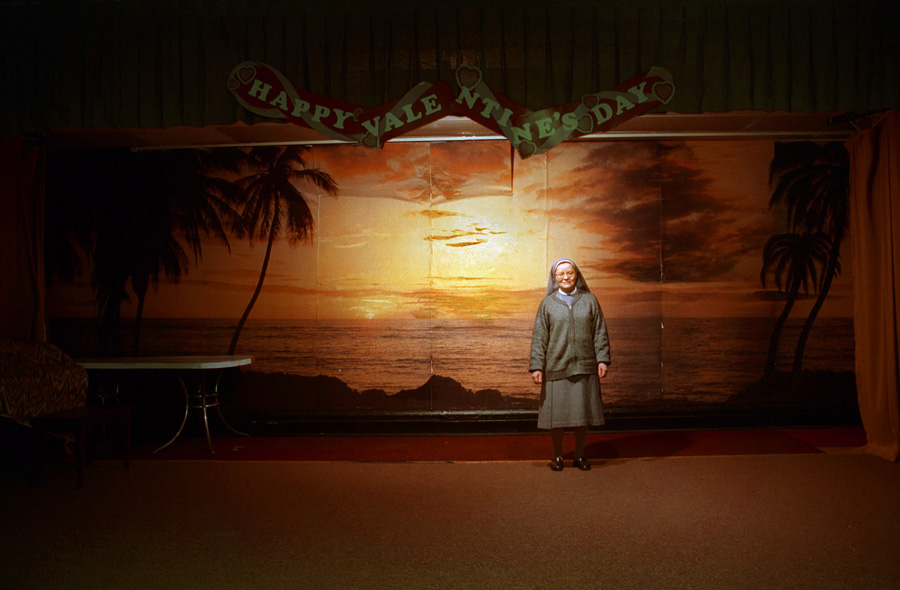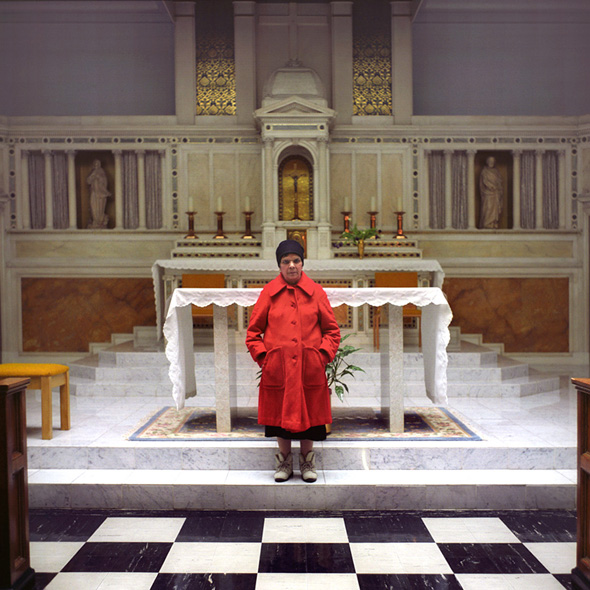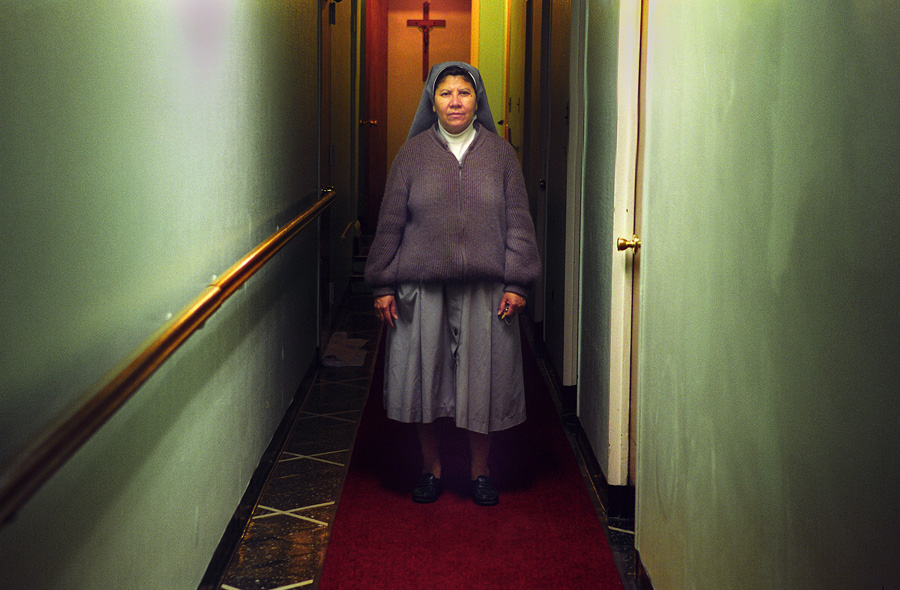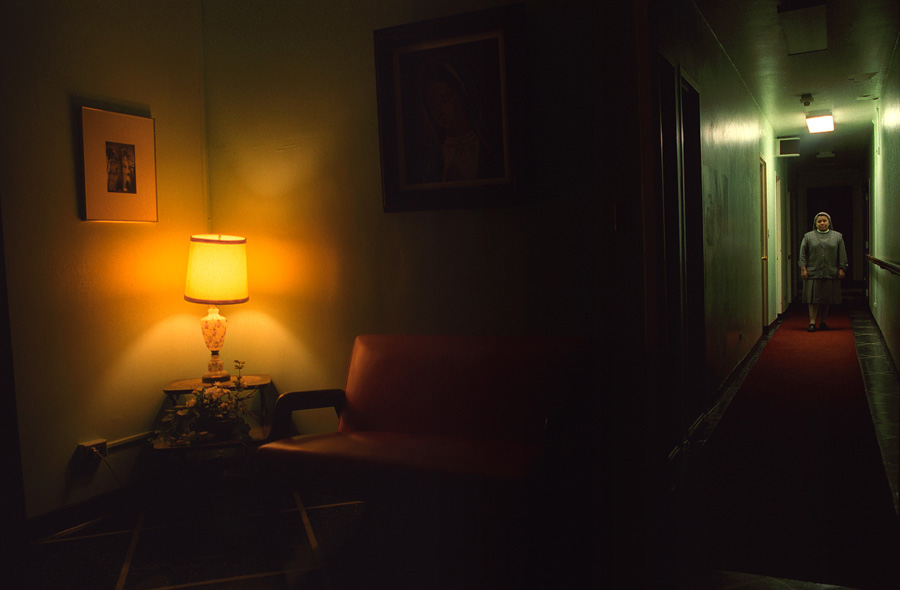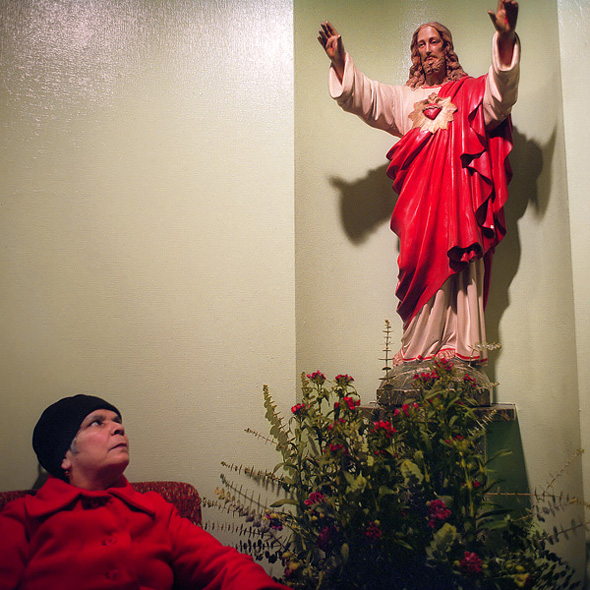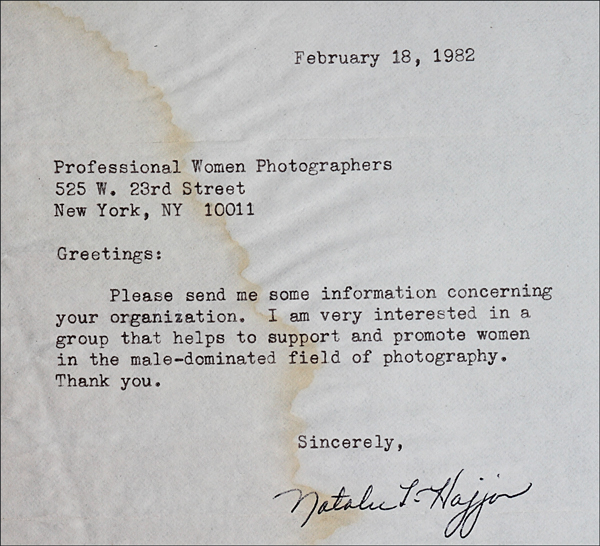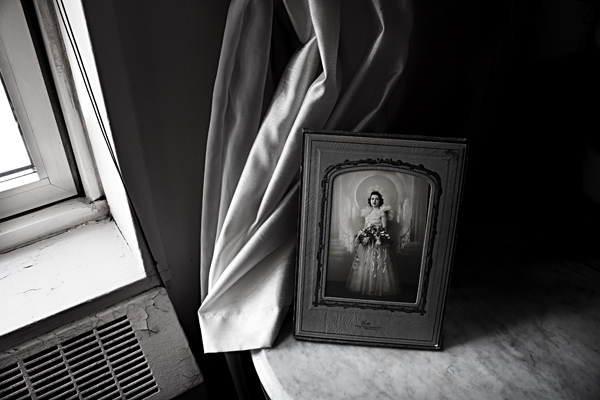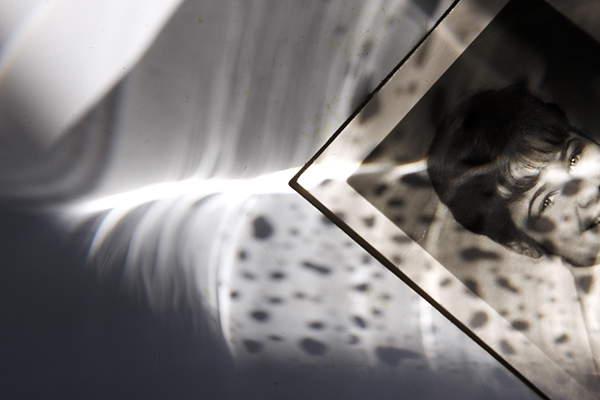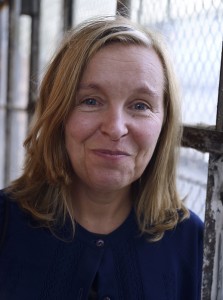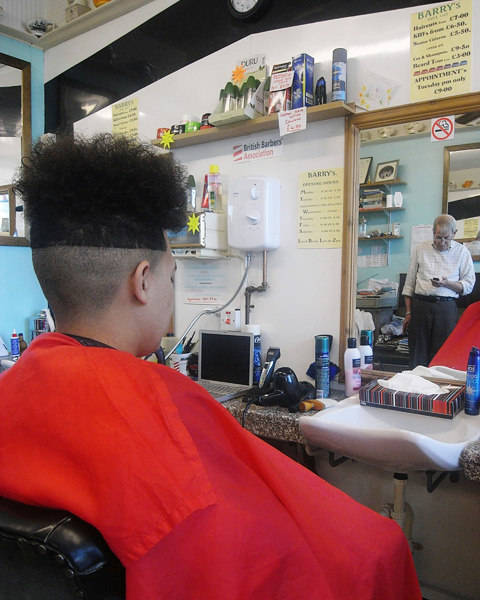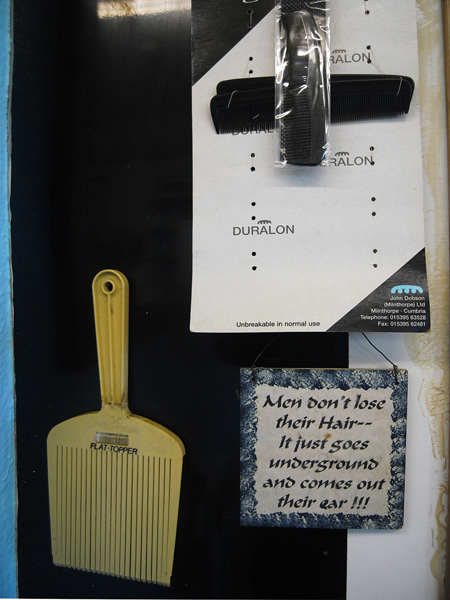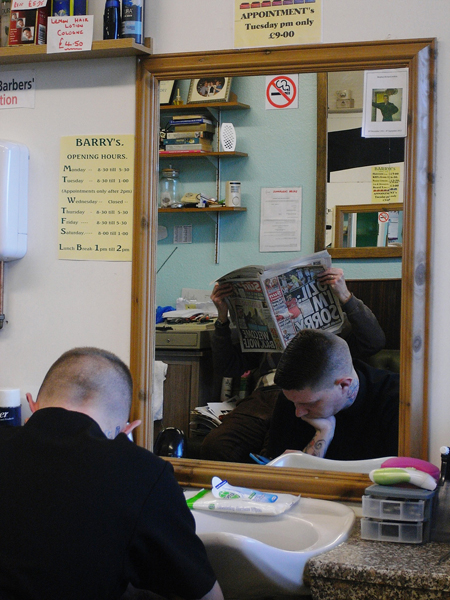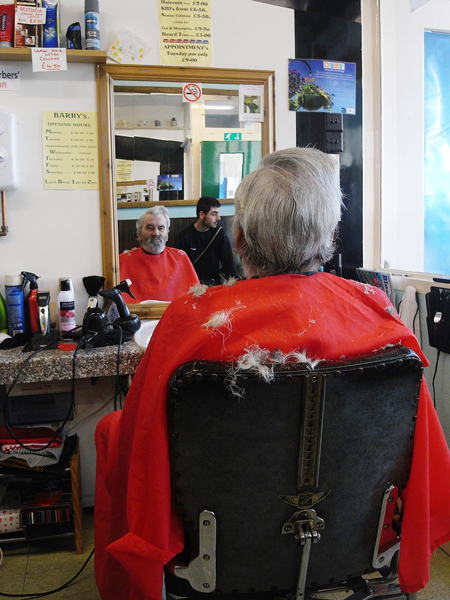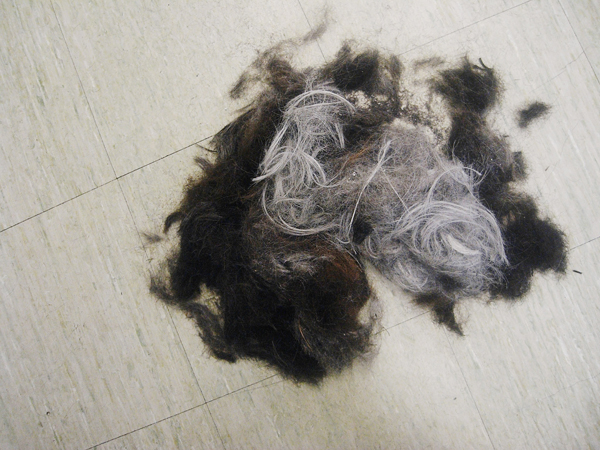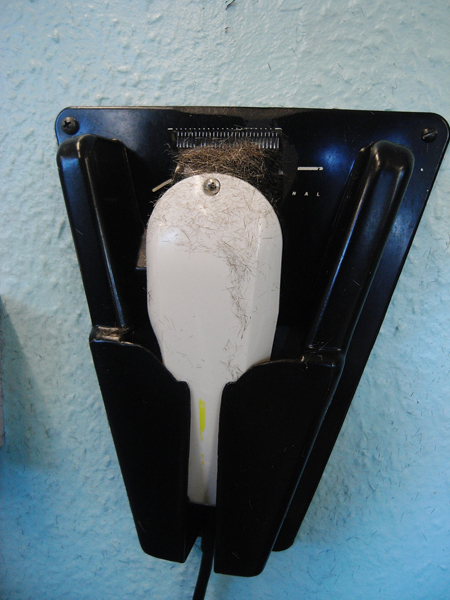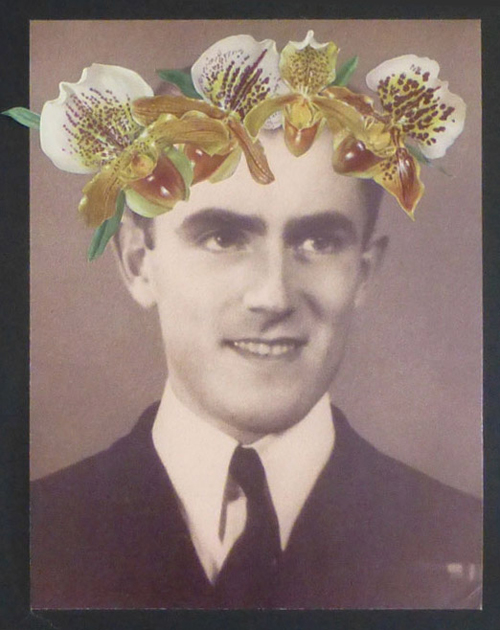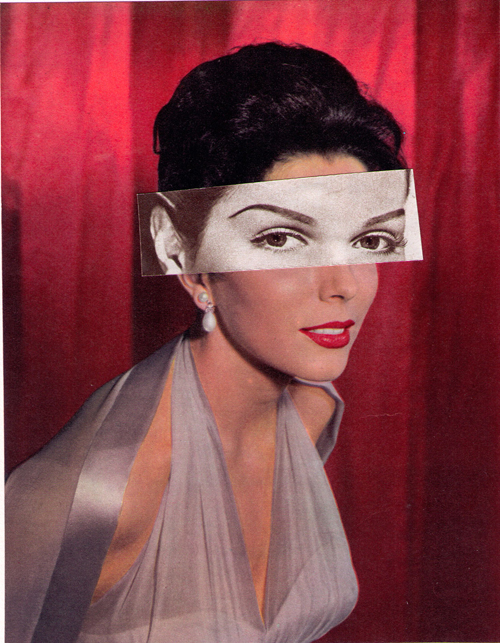Tag Archives: Catherine Kirkpatrick
Of Memory and Muses: Darleen & Rollerena
Way before Cindy Sherman, from the dawn of photography, people have dressed up in front of the camera. Because the camera captures them not only as they are, but as they wish to be. Fashion and photography are a natural fit–what other medium could convey the infinite variety of human style, as well as the vision and aspiration behind it?
Darleen Rubin met Rollerena in the 1970s when New York was on a downward splurge. Bankruptcy loomed, crime was high, entire neighborhoods had fallen into decay. Pundits thought the city was through, but people carried on, some even turning the gritty streets into a personal stage set.
Though Rollerena was born in Gravelsnatch, Kentucky,* he immediately stood out in the Big Apple. In September of 1972 he went into The Opulent Era, a shop specializing in old Vaudeville clothes, selected a bathrobe and skated off down the street. He whirled into a bar called Dancing Danny’s, and the place went wild. A star was born.
As befitting a celebrity, Rollerena’s wardrobe became ever more glamorous, with signature pieces like the Turtle Clutch and the Rose Fur Hat (worn the night he danced with Rudolph Nureyev at Studio 54, where he always got in).
Darleen Rubin is professional photographer whose fashion, lifestyle, and celebrity pictures have appeared in the New York Post, W, Men‘s Wear Magazine, and graced the cover of Women’s Wear Daily. She has also spent many years documenting people and change in her West Village neighborhood.
On a warm spring day in 1973, she was chatting on the street with a friend when a vision streaked by. A quick shot captured a tall figure in a flowing gown with a knapsack, pale hat, and something rising over his head like a halo. It was Rollerena. He honked his horn, executed some swirling moves, and his signature back kick. It was love at first shot, and when they were introduced, the two became fast friends.
Rubin has been documenting his looks and moods ever since. In a city full of stars, Rollerena has always been exceptional. Haunting thrift stores long before it was hip, he has created over the years ensembles that rival the wildest offerings of New York Fashion Week. Mixing designer threads with no name treasures, he shows a flair for the dramatic as well as the humorous: look at any Rubin photo of him and you can’t help but smile. He is a grace note in the dreary dirge of everyday living, an orchid in a field of weeds, always memorable and outstanding, uniquely himself.
She has captured it all, including his early props which included a bicycle horn, circus baton, and special star wand he used to “bless” people. He ventured into Bloomingdales, and once came upon an escalating road rage scene. But he whisked out his wand and tapped the would-be fighters on the forehead, after which they were too dazed and confused to continue. “People, cars would stop,” said Rubin, “they’d never seen anything like it.” Then he would skate off, leaving the scene happier than he found it.
When I started this post, I thought it was going to be about clothing and style, then realized it wasn’t. It’s not about outer stuff, but inner truth. Rollerena has been photographed many times by many people–amateurs, professionals, tourists and paparazzi–but never more lovingly than by his dear friend, Darleen Rubin. Against a changing urban backdrop, their unique partnership has endured over many years and produced not only wonderful pictures, but many moments of joy and fun. What began with a quick shot, blossomed into lasting friendship.
Sometimes one person can change your life just by showing up. They make things richer, brighter, and more meaningful in ways we can’t always express or understand. As Rollerena came into her life, so Darleen came into mine. We met in January, 2010 at an exhibition at the Salmagundi Club. I was looking for people to write about for the blog, and ever game, she agreed, opening a door to things I never imagined.
Her work inspired me to write not only about photography, but about the changing city beyond the frame. When I think of New York, it is her pictures I see–the brooding streets and rotting piers, the grit of hard times, the tremendous heart of people who press on despite challenges and fear. Seeing them not only makes you smile, but more willing to go on. They give you strength.
So thanks for the memories and pictures too. In poetry and friendship, I tip my hat.
–Catherine Kirkpatrick
*According to a September 2011 interview with Darleen Rubin and Rollerena
Quiet Lives: The Women of Centro Maria by Mariliana Arvelo
Around the world women live very different lives. Many try to balance work and family, while others devote themselves to a singular calling. When Venezuelan photographer Mariliana Arvelo came to New York in 2002, she stayed at the Centro Maria, a residence for young women run by Catholic nuns from Spain and Latin America. Slowly she got to know them and began photographing them. Here are some of her images and thoughts on the project.
“My first reaction was to the contrast between the residence and its chaotic environs in the area of midtown Manhattan known as Hell’s Kitchen. I was planning to stay just a few weeks while I looked for an apartment, but this changed as I got to know the nuns who lived and worked there.”
“These nuns are full of stories, but are generally very closed with respect to their private lives. They work all day cooking, cleaning, fixing things, doing laundry, and praying. At first the nuns weren’t willing to let me photograph them. They didn’t understand why I would want to take their pictures.”
“But after living there a few months and building closer relationships with them, gradually I was able to take more and more photos. The focus of the project was to take the portraits in key spaces of the house, places where they were most, or places over which they felt a sense of ownership.”
Mariliana Arvelo is a Venezuelan photographer based in Brooklyn, NY. She is a graduate of the New England School of Photography, and her work has been shown in numerous solo and group exhibitions, including the Art Forum program from the David Rockefeller Center for Latin American Studies at Harvard University; the New England Photography Biennial at the Danforth Museum of Art; the Photographic Resource Center exhibition DOCUMENT (Boston); the ARC Gallery (Chicago), and the Soho Photo Gallery (New York).
Arvelo has published work in the the Christian Science Monitor newspaper, the magazine ReVista, Harvard Review of Latin America, and the Annual International Photography Awards Book No.6.
She is also the owner of a successful photography business called Stylish & Hip Kids Photography, and for the past five years has led the photography program for seniors at The Hope Gardens Senior Center in New York City. She has served as an artist in residence at The Creative Center at University Settlement, teaching cancer survivors, and in 2013, taught children’s workshops in Calcutta, India.
– Catherine Kirkpatrick
Women’s History Month: To the Sisters!
This year or maybe last, origins being somewhat fuzzy, Professional Women Photographers celebrated its 40th anniversary. Officially the start was 1975, but it was probably 1976 when it really got going. Participants from the landmark FIT show, Breadth of Vision: Portfolios of Women Photographers, began to meet. Sometimes they spoke about prints, sometimes about job leads, and sometimes they nursed bruises received trying to fight their way into the field. If it’s tough now, it was worse then. They tell stories of sweeping up in the darkroom after men, of being shoved during shoots, of hands clapped over their lenses so the guy could get the shot. In college, I went to Olden to buy a camera and the salesman demanded to see my bank book to prove I could pay for it. Young and stupid, I showed it to him.
Things change, sometimes for the better. Sure, we have problems now. We work a job then come home and work some more. We care for old people as well as children. We don’t make as much money. And around the world, far too many struggle for basic human rights.
But freedom cannot be untasted. Wherever we need to go, we should think of how far we’ve come, and of those who paved the way. Take a moment and think about the women in your life. Think about their strength, how much they’ve accomplished, how they brighten the world.
The sisters are doing it–for themselves and everybody else. They’re going where the music–their own music–takes them, singing their song, making their own kind of pictures. And during this special month, we salute them.
– Catherine Kirkpatrick
Sadie Hennessy: A Playful Take on Gender
March is Women’s History Month, a time to think about the immense contribution of women to all aspects of society in cultures all over the world. They truly hold up half the sky. Throughout March, Professional Women Photographers will take a look at the work and contributions of women artists. Today we are honored to present British artist Sadie Hennessy.
In 2010, Hennessy won the Jealous Graduate Art Prize for her final MA show (Accident & Emergency) at Central St. Martins. In 2011, she was artist-in-residence in the Croydon College of Art printmaking department, which culminated in a solo show called Freud in Dreamland at the Parfitt Gallery in January 2012. She exhibited work at the 54th Venice Biennale (2011), Crunch Art Festival (2011), London Art Fair (2011) and Strange Hungers WW Gallery, EC1 (2012). She is currently Artist-in-Residence at Resort Studios, Margate.
PWP: Why is photography important in art and how is it being used in more than a “pure,” stand alone way?
SH: I think these days everyone thinks of themselves as a photographer, as we all document and curate so much of the minutiae of our everyday lives (using, mainly, the cameras in our phones). If something hasn’t been photographed, it almost didn’t happen. Perhaps that is why artists are doing other things with photographs, alongside pure photography–to push the form in other, less accessible directions. Personally, I am interested in old photos and found images, as they seem to have an inherent authenticity and carry a freight of unanswered questions–that appeals to me. I try and create images that reflect on contemporary life whilst simultaneously embodying a sense of nostalgia, so collage (digital and analogue) created using old photos works very well for me.
PWP: Can you tell us about the technique of photographic screenprinting?
SH: Yes, this is a four-color screenprinting process that only uses cyan, magenta, yellow and black ink (CMYK)–the same process as color newspaper printing (for example). I usually create my images in Photoshop (digitally), though sometimes make screenprints from scissors-and-glue collages too, which I photograph. When the image is ready, I convert it to 4 layers in Photoshop–the CMYK separations–and each of these is printed onto acetate. I then expose 4 separate screens (one for each layer) and print them in the following order: yellow, magenta, cyan and black. With luck the end result is quite photographic, but still clearly a hand-made print, due to the quality of the paper and the inks. I was initially inspired by Andy Warhol’s photographic screenprints, though his use a different technique than the one I’ve described. His most famous works tended to mix stencil printing with a single, black photographic layer.
PWP: Tell us how your work relates to issues of gender?
SH: I consider myself to be a feminist artist, and all my work relates to the way I see the world as a woman. As I get older, I am particularly interested in portraying the experience of aging as a woman, in our youth-obsessed society. I use a lot of humor in my work, and hope I make my political points in both a thought-provoking and humorous way.
(Note: Hennessy’s work also explores darker themes as in the following triptych which reflects on the misogynistic phenomenon of acid attacks on women’s faces.)
– Catherine Kirkpatrick, Blog Editor



